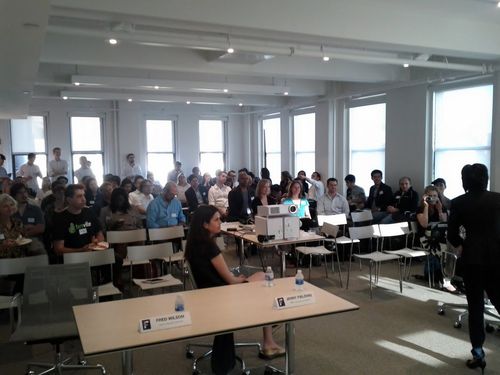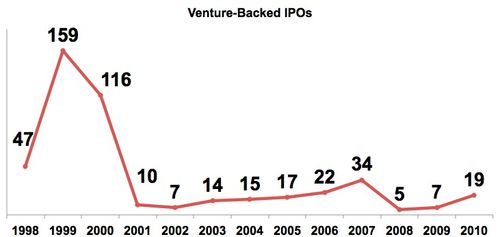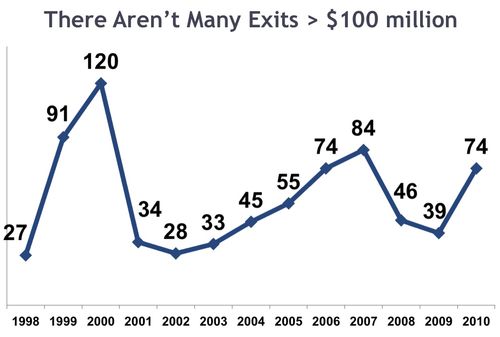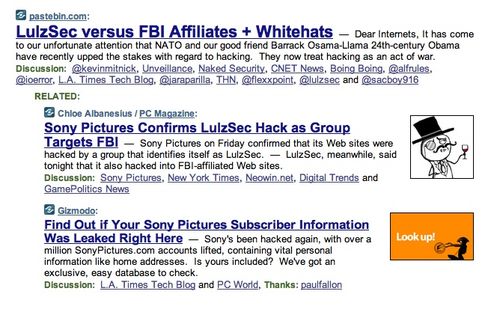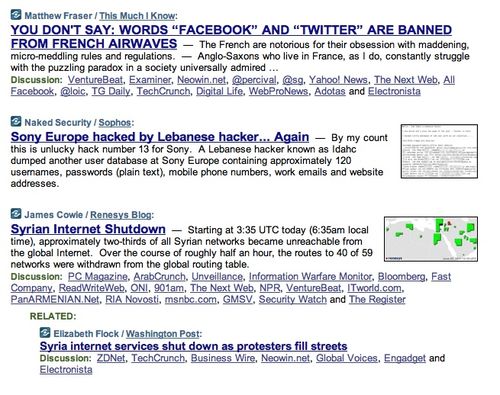Why I'm Rooting For Google+
The day Google+ launched, I sent a friend at Google who was involved in building the service an email requesting an invite. I got the invite late that day and started playing with the service. Here's my profile. I'm not sure if this page is public or you need a Google+ login to see it. At some point Google will open the service to everyone and I expect this page will be public, but I'm not sure.
In any case, I hope Google+ succeeds. Given the blog posts saying this will kill Tumblr, Twitter, Foursquare, etc, you might wonder why I feel that way. Well first, I don't think competitors kill companies and services. I think the vast majority of "deaths" are self inflicted. Facebook didn't kill MySpace and Friendster, they killed themsleves by failing to address the shortcomings of their services and their inability to respond to changing market dynamics, in some cases brought on by competitors. Of course, that fate could be in store for any company, including our portfolio companies, but it won't be because of Google+.
My vision for social media is:
every single human being posting their thoughts and experiences in any number of ways to the Internet
Not everyone wants a Facebook experience; default private, mutual follow, best for close friends and family. Not everyone wants a Twitter experience; default public, asymmetric follow, best for broadcasting short burts of information to large networks. Not everyone wants a Tumblr experience; totally public, asymmetric follow, best for posting microchunked media.
My dad, for example, doesn't want any of those experiences. He might like Google+. It's a lot like email. He can curate groups of friends; his friends from school, his friends from the army, his friends from the community he lives in, and share information with them quickly and easily. I can see The Gotham Gal's dad loving Google+ too. It's very utilitarian and functional and powerful for certain kinds of users.
I've never thought that there would be one social service to rule them all. I've never thought that there would be one social graph for the web. I believe we'll need a multitude of social services to satsify the needs and desires of all the users of the web. Google+ fills a void between public and private, it serves what is likely to be an older demo less interested in hooking up or hipstering out and more interested in the social utility it provides. That's a good thing. We'll get more people "posting their thoughts and experiences in any number of ways to the Internet."
And there's another reason I hope Google+ succeeds. Developers need more social platforms of scale. A friend on Twitter posted a link yesterday to the post I wrote on the USV blog when we first publicly acknowledged our investment in Zynga. We first invested in Zynga in the fall of 2007 and back then I was eager to see Zynga build a business on multiple social platforms. I wrote:
Currently all of Zynga's games run inside social networks, largely Facebook, but also Bebo and several others. And that list of social nets will grow longer in the next few weeks.
Developers like Zynga benefit from having multiple large social nets to build on top of. Tech blogs have noted that Google+ has hooks for social gaming built in. That is great. My dad would love some of the Zynga games. Maybe he'll join Google+ and play them with his friends (including me) there.
My line about "don't be a xyz bitch" is all about controlling your own destiny. These social platforms are awesome to build and launch on. They give you instant distribution, instant users, instant social identity. But in a perfect world you don't want to be dependent on any single one of them. The more social platforms of scale there are, and we have a bunch now, including Twitter, Tumblr, and Foursquare, the better world it will be for developers. And our business at USV is investing in and helping developers build companies. So I'm rooting for Google+. I think it will serve users who aren't being served well (or at all) on the social web right now. And I think it will be a strong new platform for developers. And both of those are great things for the web, our business, and entrepreneurs.

